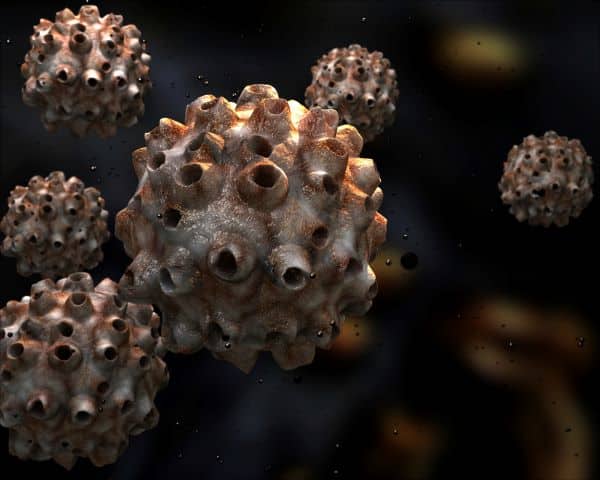New AACC Guidance Advises Cervical Cancer Testing Strategies for Clinicians and Labs

Cancer by the Numbers
There have been notable advances in cancer treatment, yet cancer continues to affect about 18.1 million people annually, generating a significant loss of life, financial burden and overall strain on the health industry, according to World Cancer Research Fund International data cited by Kalorama Information in the report Precision Cancer Therapeutics Market, 2022. The risk of developing cancer before the age of 75 years is about 21.4%, yet worldwide between 35 and 40 million people are living with cancer and nearly 10 million people lose the battle annually. Cancer deaths occur in about 50% of people who develop cancer in developed countries; this is in contrast to an 80% death rate in cancer patients in underdeveloped countries. These data highlight the importance of effective cancer therapies in the current market; however, as we move toward 2040, the World Health Organization anticipates an increase to about 30 million new cases annually by 2040, up from a global incidence rate for cancer of 20 million in 2020.
The most common cancers affecting the world population include lung, breast, colon/rectum, stomach, liver, prostate, bladder, esophageal, and cervical.
AACC Guidance on Cervical Cancer
Focusing specifically on cervical cancer care, the American Association for Clinical Chemistry (AACC) on March 6 published a new guidance document featuring expert recommendations for detecting cervical cancer. True to its name, the goal of the AACC Guidance Document on Cervical Cancer Detection: Screening, Surveillance, and Diagnosis is to provide a “roadmap” updating healthcare and laboratory medicine professionals on recent advancements in the field that can then lead to informed decisions when selecting effective cervical cancer detection strategizes.
Cervical cancer detection has evolved rapidly over the last few decades. Once upon a time, Pap testing (aka cervical cytology) was the primary way to screen for cervical cancer. But recent advancement has been linked to the realization that human papillomavirus (HPV) causes the majority of cervical cancers. Because HPV detection is used towards a cancer-preventing purpose, the test is an important part of oncology diagnostics as well as infectious disease. Early screening, ongoing surveillance, and accurate diagnosis are important strategies for the elimination of cervical cancer. It is now generally recommended by three recent guidelines—from the American Cancer Society (ACS), American Society for Colposcopy and Cervical Pathology (ASCCP), and United States Preventative Services Task Force (USPSTF)—that cervical cancer screening be done with either primary HPV testing, or by co-testing with both HPV testing and cervical cytology. However, each of these three guidelines also differ slightly, which potentially makes it hard for clinicians and labs to determine the best cervical cancer detection strategies. This is where the AACC’s guidance is designed to be most useful.
The AACC Guidance Document on Cervical Cancer Detection: Screening, Surveillance, and Diagnosis is intended to help healthcare professionals understand and compare the ACS, ASCCP, and USPSTF guidelines with the intention of choosing an ideal cervical cancer detection strategy. Among the key takeaways is that depending on the circumstance, sometimes certain decisions about cervical cancer screening should be based on informed discussions with patients, while other decisions should be made based on what’s best for the institution doing the screening. For example, determining if an institution is equipped to screen for cervical cancer using HPV testing alone or if instead the institution should rely on co-testing.
Other features of the AACC’s guidance document include:
- an examination of the latest studies supporting the use of self-collected vaginal specimens for HPV testing—an approach with potential to improve cervical cancer detection amongst underscreened populations
- an ideal lab report template for HPV and cervical cancer testing so clinicians and labs can rapidly review results and make informed care decisions.

